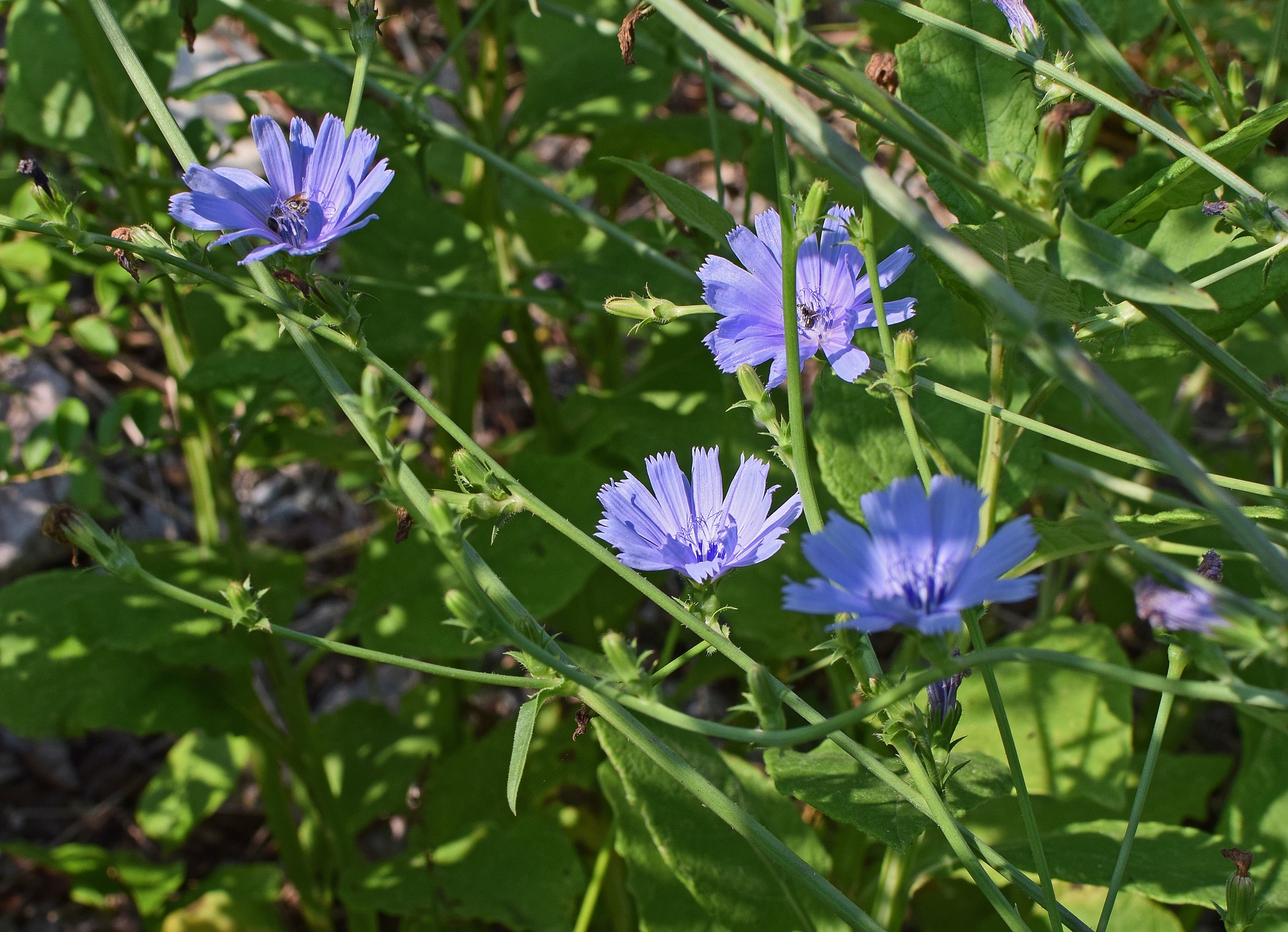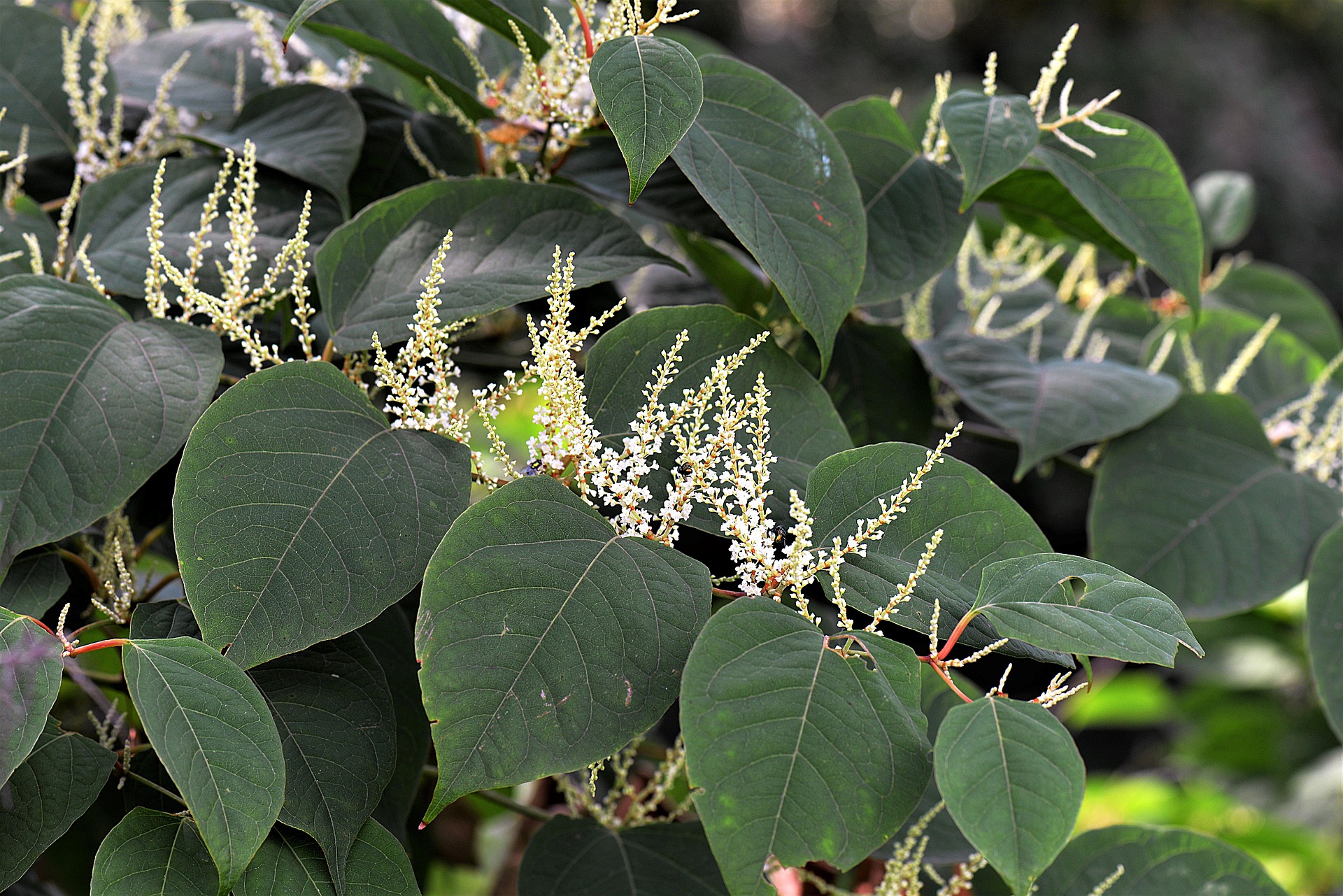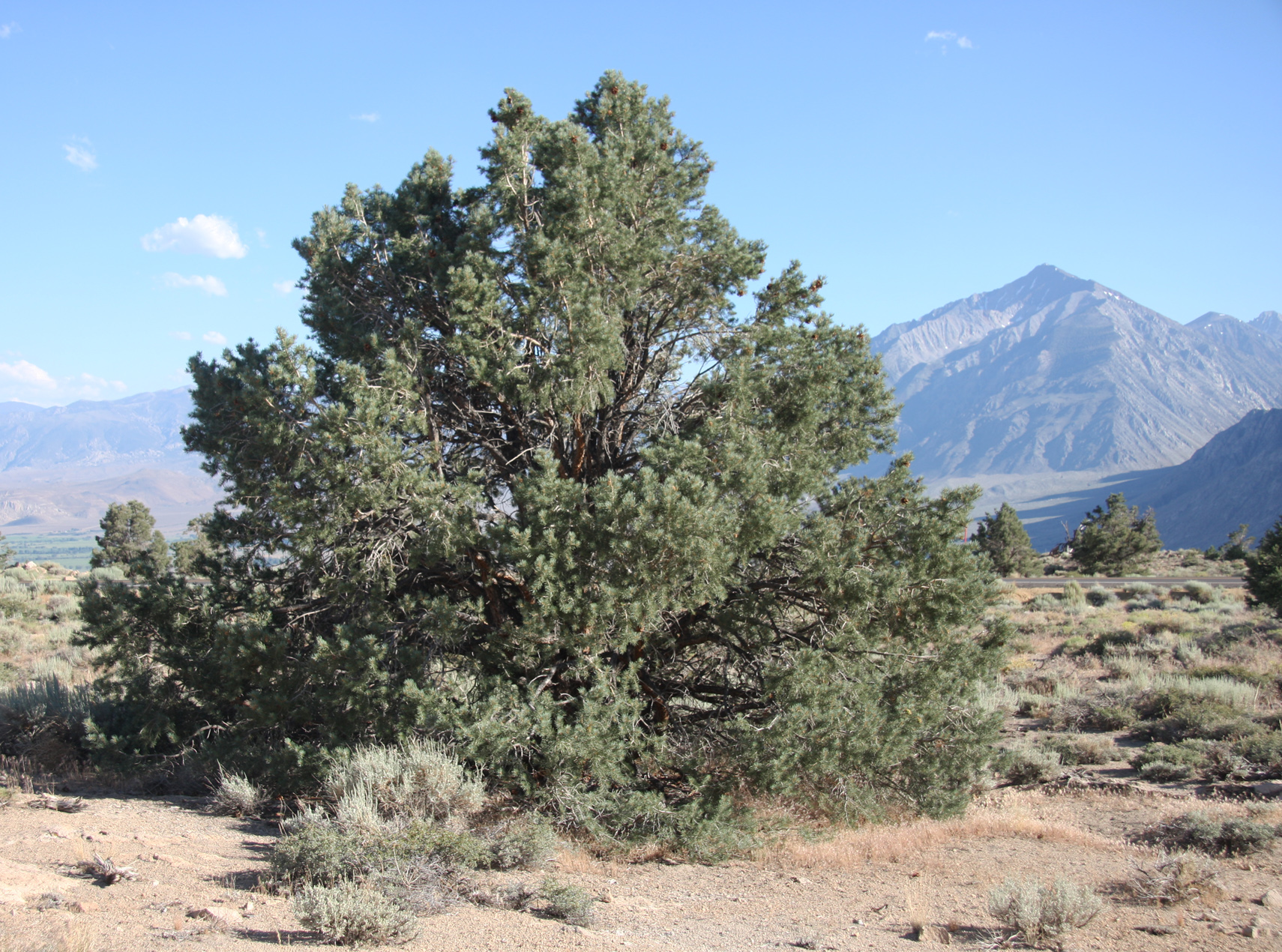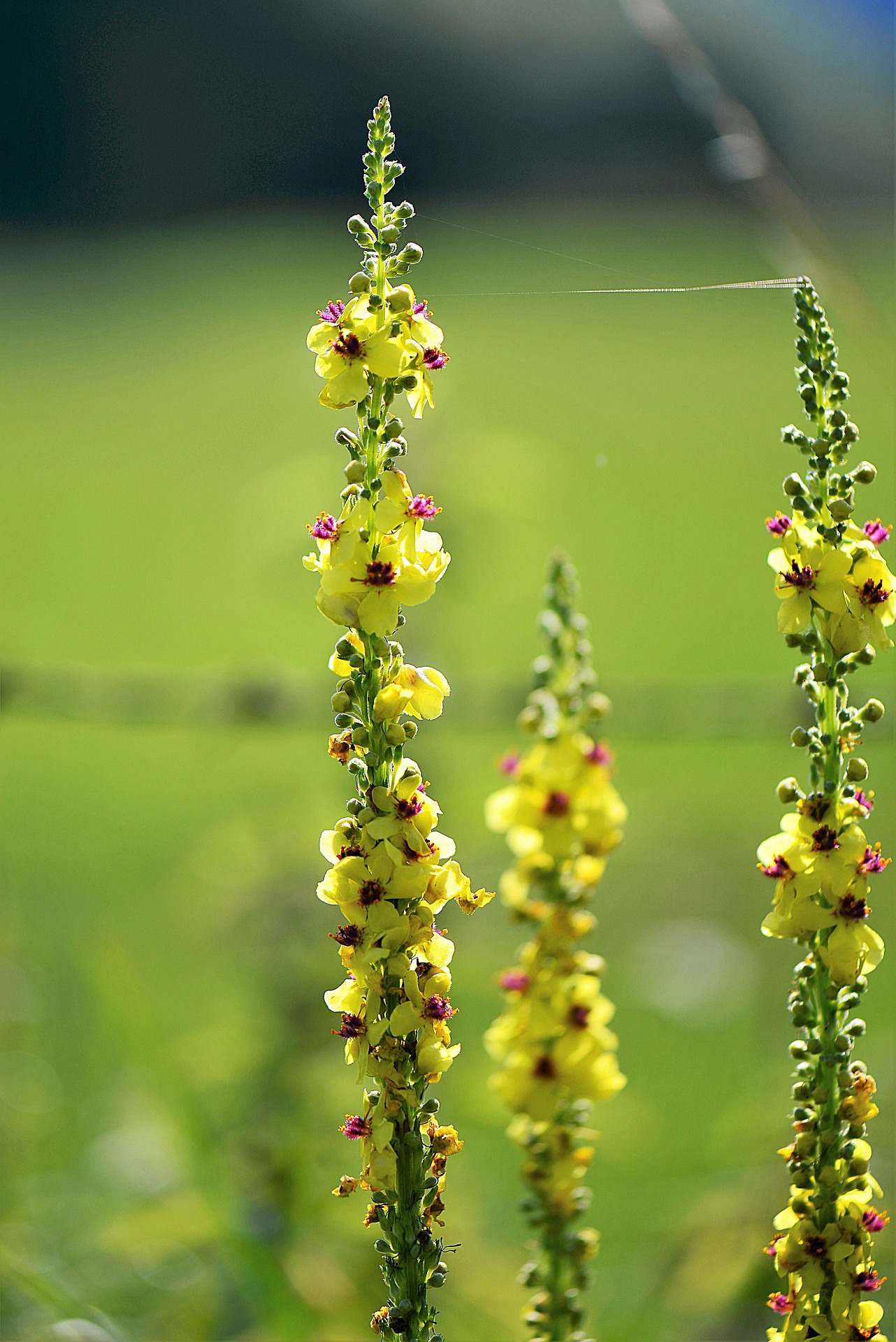A Guide To Roadside Herbal Tea
 A Guide To Roadside Herbal Tea
gearweare.net
A Guide To Roadside Herbal Tea
gearweare.net
Finding plants to make tea isn’t as difficult as you would expect. Not only are edible plants found throughout local forests, they are spread around any open area in the United States. Of course, being able to identify the plants is the biggest battle, and knowing exactly which plants can be used to make tea is the first step. You don’t need to go searching and scavenging far away to find nice tea plants. There are plenty growing along the side of rural roads nearby that can be used for tea. Here are five plants that you are likely to find along roadsides that you should definitely check out.
Table of Contents
Chicory

Made famous as a replacement for coffee in the great depression, Chicory is a bitter perennial herb that is perfect for making tea. It grows with blue or light purple flowers that blossom from late spring through mid-autumn. The leaves (which are the edible part of the plant) will get more bitter as they gather more sun, so springtime is the best season to grab chicory plants. The flower is also edible, but it tends to be a bit strong in its bitterness. The flowers grow to a bit over an inch wide, and the plant itself stands up five feet high.
The whole plant grows in multiple branches, reaching straight and strong into the air. Chicory plants grow in open fields, often surrounded by weeds, and rarely grow in large groups of other chicory plants. Because of the growing habitat of chicory often being in open fields, you can find it along roadside very simply. They stand out against the low-lying weeds, and their strong branches give a unique look to the plant.
Fireweed

Getting its name for being one of the first plants to colonize an area after a forest fire, fireweed is another great example of a wild plant that can be used as a tea. Fireweed has been used by Russians as a tea for hundreds of years, and is said to aid with a variety of ailments and issues. The tea is caffeine free and makes a great herbal tea. It is a fun plant to harvest because of its beautiful flowers.
Fireweed can grow up to six feet high. It is a tall-stemmed plant with a crowned with a purple or rose-colored flower cluster. The flowers have four petals and each can measure three to eight inches long. While the flowers are a beautiful identifier of fireweed, they are not what makes up the tea. The leaves are what is plucked off the stem to make tea. You can either harvest the entire plant or just pluck the leaves and let the plant regrow from its stem.
Fireweed grows in well-drained soils and prefers open fields to forested areas. It likes weedy, hard ground to grow in. This makes it a perfect plant to search for along roadsides.
Japanese Knotweed

With roots that grow several feet deep into the ground and a stock that grows over twenty feet in every direction, the Japanese Knotweed is known more for being a nuisance than anything else. This plant has some great edible pieces though, and their massive size makes them a reliable source for plenty of tea.
Japanese Knotweed is best identified by its stocks and stems. The stocks from previous years are hollow, and feel rather woody. The new stocks become splotched with red and, later in the season, they become hollow. The leaves of Japanese knotweed grow in an easily identifiable zigzag pattern.
With the ability to withstand very hostile conditions, Japanese Knotweed is found in many parts of the United States. They prefer low lying areas with good water sources, but can handle drought conditions as well. If you don’t spot them on the side of the road, you will certainly find them nearby.
You can use the young leaves, stocks, and shoots for different drinks. The flavor is said to be like citrusy rhubarb.
* Be aware of your local municipality’s policy on knotweed. Some utilize strong herbicides, injecting directly into stems, to eradicate them. Check with the relevant department before harvesting.
Pinyon Pine Tree

By Dcrjsr (Own work) , via Wikimedia Commons
The Pinyon pine tree is known for its edible nuts (Pine nuts/Indian nuts), but it can also be used to make a healthy tea. This gnarled evergreen pine tree is native to the Midwest and Southwest United States, and has been a staple part of Native American diets in that region.
Pinyon pine trees grow up to thirty feet high, and have dark green, curving needles. They grow wide and short compared to some other pine trees, looking similar to an upside-down spade from a deck of cards. Pinyon pines grow across the Midwest and Southwest United States. They are found in dry areas, but can sustain drastic cold temperatures and hard snows. They flourish in elevations around a mile high (4,500-7,000 feet). Dry, high mountain valleys are a common area to find them. Driving along, you can see them from a mile off, so it is very easy to gather pine needles for a tea.
The pines can be boiled and used as a tea, though you should only drink a moderate amount at a time. Drinking too much at once can be lightly poisonous. People have different tolerances to the pines, so start with a weaker tea.
Mullein

This biennial is known for its velvety soft leaves. The Mullein got its name for looking like a tall candle in its second year. The single stem that grows in the second year spouts yellow flowers, making it noticeable from a distance. The entire plant can grow up to six high. The leaves at the base of the plant are edible. Beyond just making a tea from these leaves, it is common to toss them into a salad for a snack. Mullein has been made famous for its appearance along railroad tracks. Though they also grow in open fields, preferring dry and sunny areas. The flowers are also used in teas, and the plant is safe to eat both the first and second year of growth.











